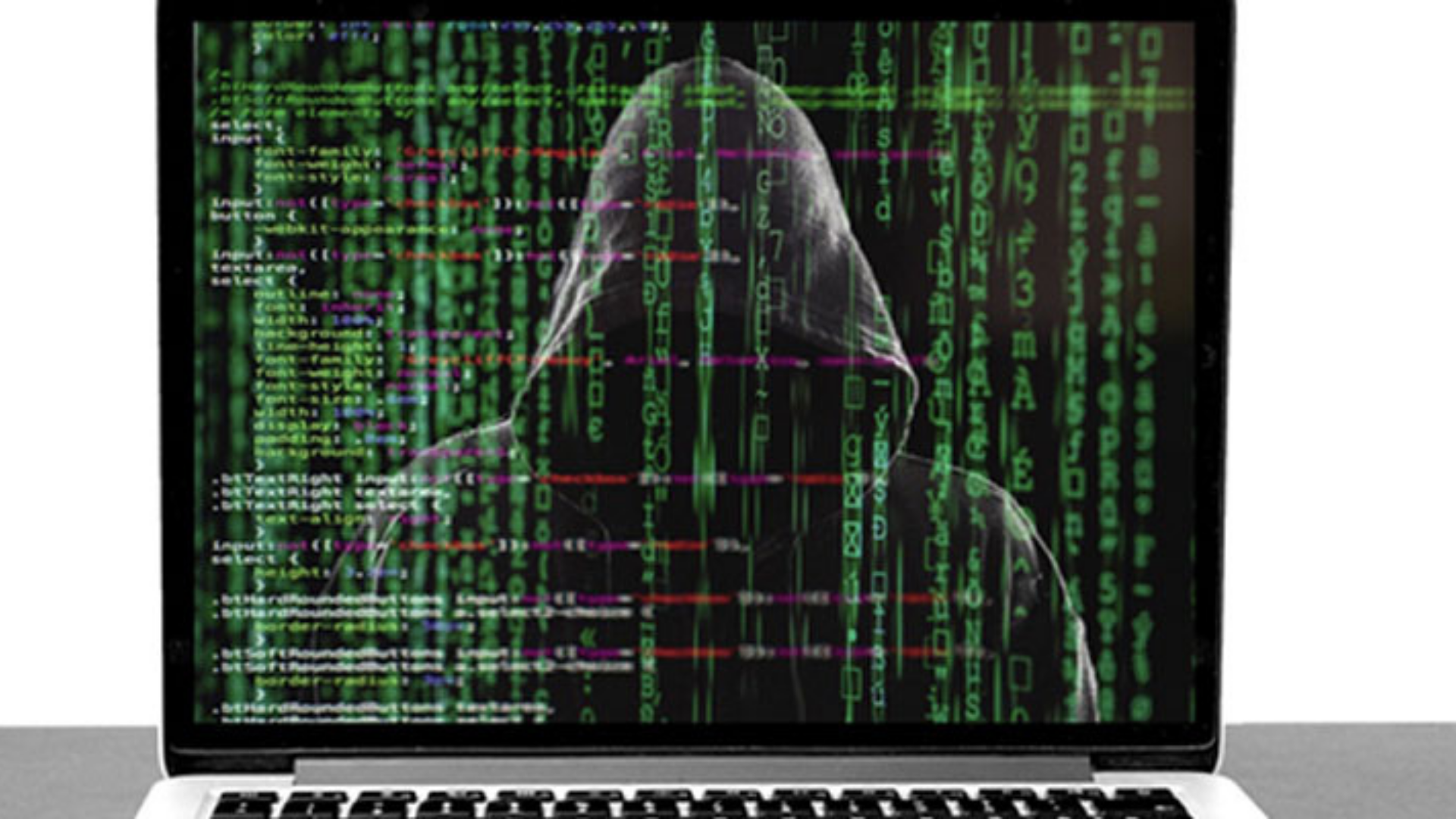Colleges around the country are always competing to attract students to their organizations and this requires constant adaptation to the needs of the marketplace and a willingness to change with the times. With more competition than ever, its those colleges that can expand their marketing and enrolment strategies that will stay on the cutting-edge. It’s difficult to do this, of course, because of the status quo bias that we all carry with us – but it’s a crucial skill for 2022 and beyond.
One good example of where this is coming into play is in how colleges treat new, emerging trends like the growth of esports. It feels like we’re at an inflection point right as the industry continues to expand – and it feels like the right time to tackle just what this means for the future of higher education. We believe that it represents a tremendous opportunity to grab onto some new potential – but we’ll let you be the judge of it.
Let’s dive in.
What are Esports and Why Do They Matter?
Esports refers to organized competitions where people compete in video game format. Any video game can fall into this category and what sets it apart from a mere hobby is the vast industry that has developed around it. In a very short space of time, we’ve gotten to a place where large audiences are wanting to watch these competitions, funders who want to back it, and professional players who see this as a viable long-term career for the very first time.
To give you a sense of the scale here, some competitions can fill football stadiums with in-person fans, while still collecting thousands of people watching live online. It’s kind of surreal to think about the fact that video game competitions are garnering such interest – but that’s where the world is moving. Thanks to advancements in networking technology, the rapid growth of online streaming, and a societal change to the status of these games, this is now a very serious thing that all colleges should have their eyes on.
We rarely see such a distinct shift in something like this, and so it’s certainly worth paying attention to.
How Should Colleges Think About Esports?
There are some compelling reasons why colleges should be taking this trend seriously and adapting their strategies accordingly. Here are some of the ones that stand out:
- New Sporting Code. For many colleges, the sporting component of the university is incredibly important. It plays a major role in terms of raising funds, creating a strong brand, providing a well-rounded student experience, and developing an ecosystem of excellence that goes beyond the academics themselves.
It’s in this vein that esports should be seriously considered as a new sporting code. It’s inevitable that this world will continue to grow and colleges would do well to set themselves apart by recognizing this early and leaning into the potential here. By attracting some of the top esports players that are coming out of schools, you give yourself a chance to optimize your admissions for the future – capturing talent that was previously not fully appreciated and creating a student body that represents the full spectrum of the modern world. It also will help to create a strong sporting environment that can bear fruit in the future.
- Transferable Skills. Leaning into esports is also a counter-intuitive way of investing in skills that are very valuable in our modern era. The very nature of esports is that it engrosses students in technology in a way that can be much more immersive and entertaining than some other means. We’re always looking for ways to incentivize more engagement with STEM-related subjects and this is a great way to do this.
Whether it’s the playing of the games itself, or the work that comes with setting up and managing the competitions, there is space for an entirely new collective to grow around these esports that can provide students with a new way to engage, learn, and advance as people.
- Critical Thinking. It might not seem so at first glance, but esports actually provides the perfect environment for the development of critical thinking skills. In any game that you play, there are a range of cognitive and procedural things that you must learn in order to overcome obstacles and achieve the end objectives of the game. The feedback loops on this learning are immediate and because the rewards are gamified, students don’t even see it as learning. It becomes a trojan horse that trains concentration, strategic thinking, teamwork, and problem-solving in a way that just can’t be replicated via textbook or lecture.
As we do more scientific studies into this phenomenon we’ll understand it better, but what is for sure is that these esports are so much more than just about the game. They are a virtual microcosm for young people to explore new concepts and stretch themselves in service of their cognitive development.
Those are just three of the major points of consideration that should be front of mind for colleges the world over. By taking these seriously and preparing for what is to come, you put yourself ahead of the game.
Where To From Here?
It’s clear that this trend isn’t turning around and while some dismiss it, others see the opportunity for something special here. It can help with college enrollment, open up new pathways, and create spaces for new sorts of student engagement that might just transform the way that you think about your admissions process.
Those colleges who get ahead of the curve and start readying themselves for this future are going to have a significant advantage over those who ignore the signs. Esports are here to stay and they are going to play a major role at the intersection of sport and technology going forward. It’s time that we remove the stigma from this industry and embrace the rapid growth and widespread benefits that such sports can provide.






